
The rim closes towards the front, making it easy to feel the acidity and bring the flavor out. Wrapping the fragrance and spreading rich aromas in the mouth, such like that you like to enjoy the aromas such as Junmai Daiginjo. (Eiga Junmai Daiginjo)

The tall and slender shape makes the sake smoothly flow into the throat to enhance the flavor. Recommended for sake that you like to enjoy with dishes as it softens the impression of aromas down. (Eiga Special Junmai)
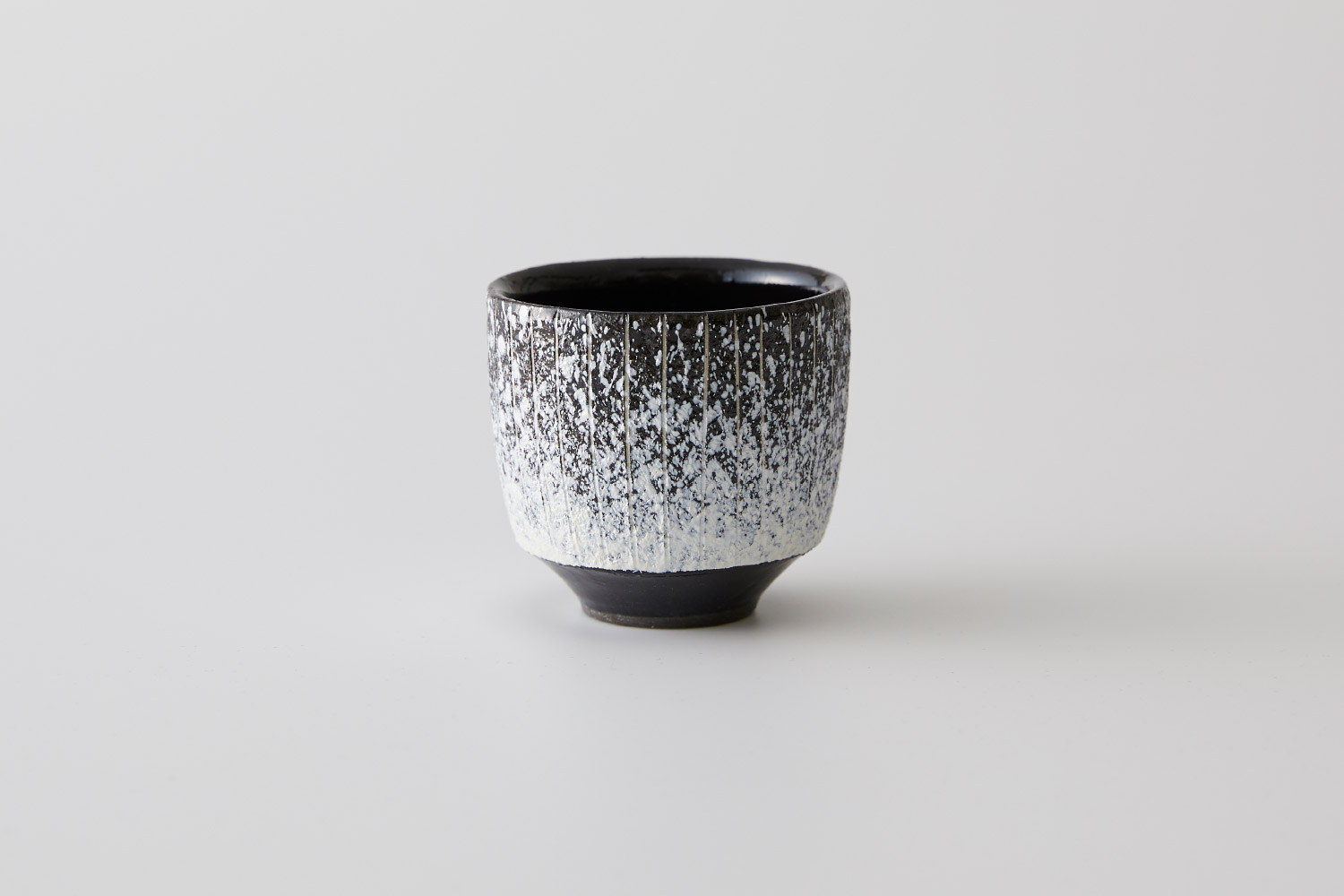
The rim has a shape facing inward to bring the flavor out. Recommended for such as Junmai Daiginjo as it softens the flavor and easy to feel the acidity and umami. (Hasegawa Junmai Daiginjo 30%)
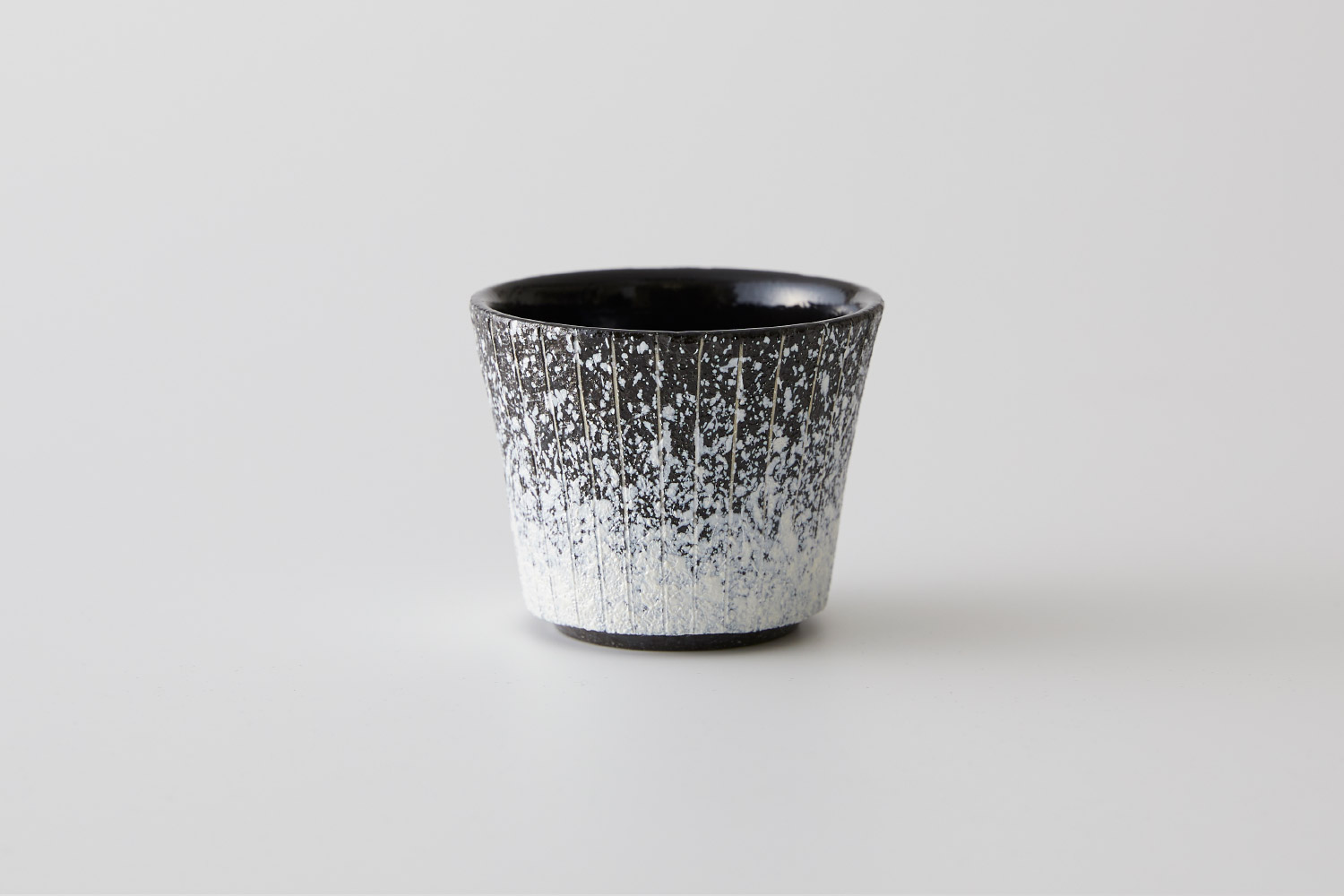
Because of the reasonably wide rim, it brings the elegant flavor of sake. Recommended when to enjoy fully umami, sweetness. (Hasegawa Junmai Daiginjo 50%)
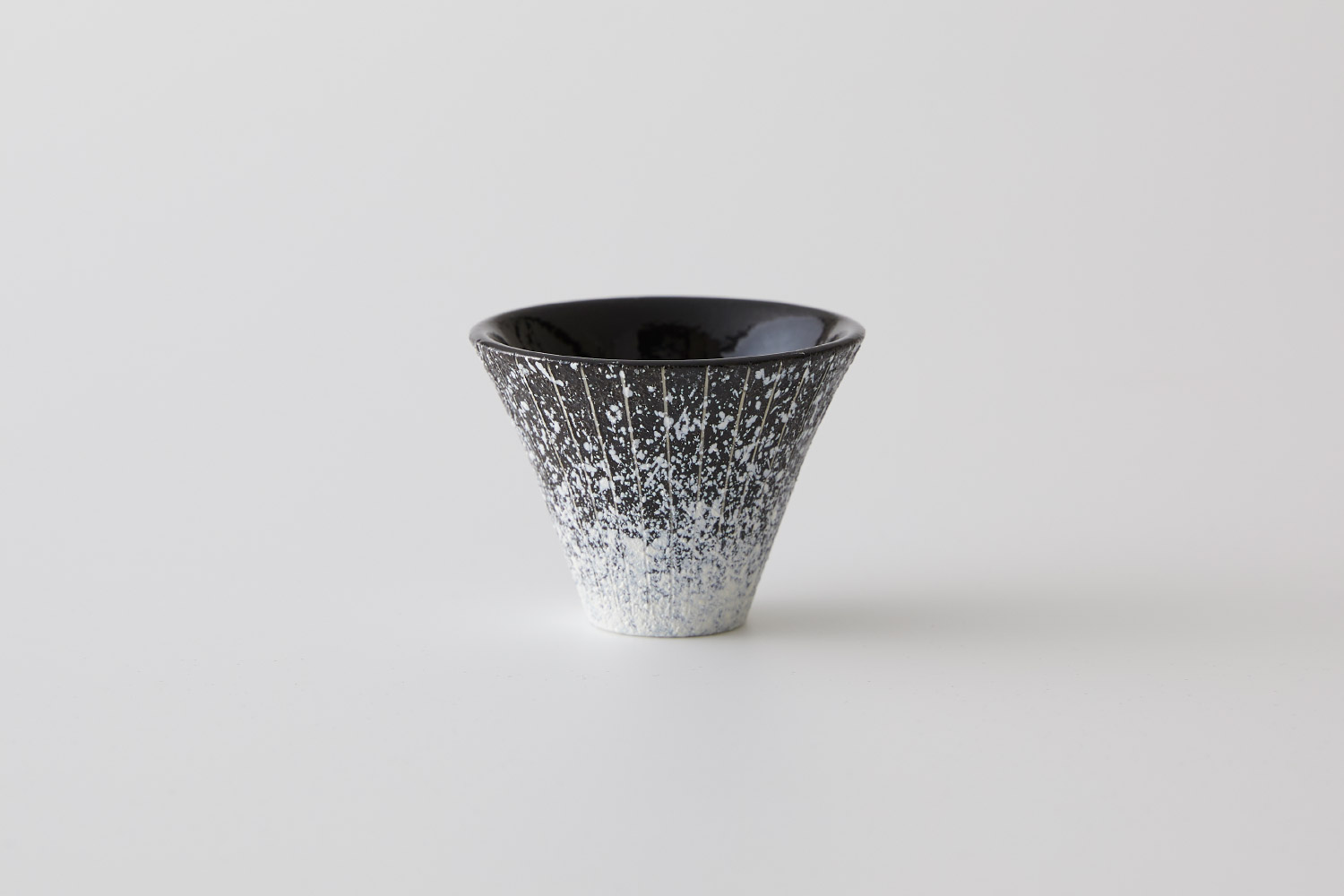
A shape that softens the bite of sake in your mouth and allows the aromas to spread gently. By this versatile shape, you can enjoy various types of sake. (Hasegawa Special Junmai)
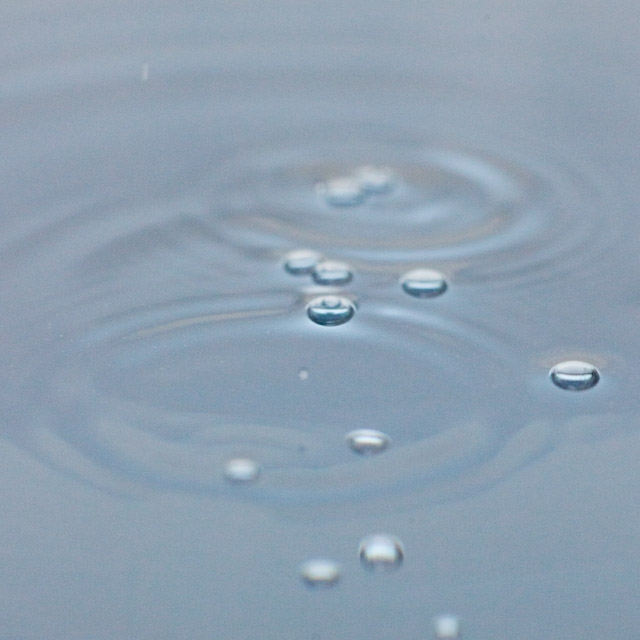
火入れの工程も加水も一切行なわず、日本酒の無限のニュアンスを引き出すことができる生原酒。
繊細でありつつも厚みさえ感じられる口あたりは、日本酒に隠された「甘味」「酸味」「辛味」などをよりくっきりと感じることができます。
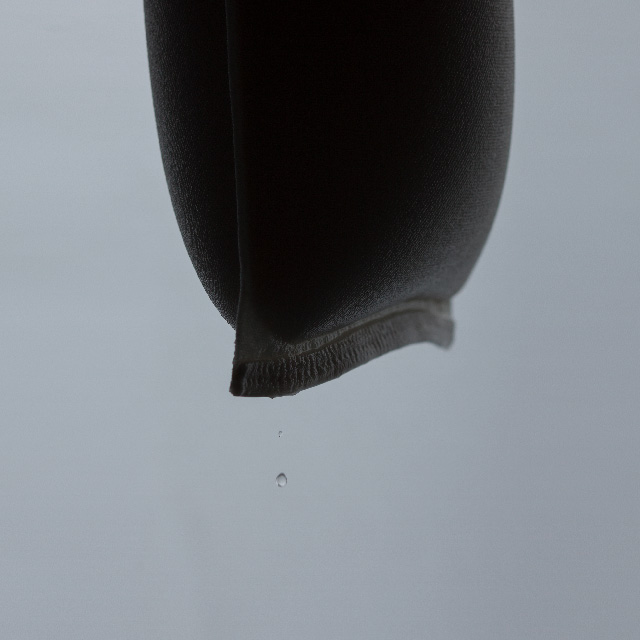
酒袋にもろみを詰め、自然の重力だけで日本酒を搾る。余分な雑味を抑え、日本酒本来の味わいだけを抽出する。
量の確保が難しく、市販の日本酒ではほとんど行われていないこの方法に、長谷川栄雅はこだわっている。
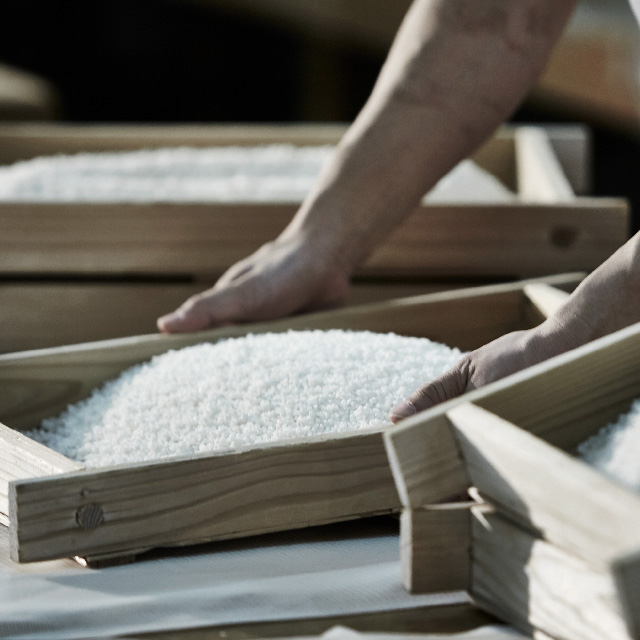
長谷川栄雅の麹づくりに欠かせない技。それが、米を小分けに盛った麹蓋をこまめに積み直し、麹の温度調節を行う蓋麹法。
複雑な味わいと香りを引き出せる反面、大変な技術と労力を必要とする。

長谷川栄雅の麹づくりに欠かせない技。それが、米を小分けに盛った麹蓋をこまめに積み直し、麹の温度調節を行う蓋麹法。
複雑な味わいと香りを引き出せる反面、大変な技術と労力を必要とする。
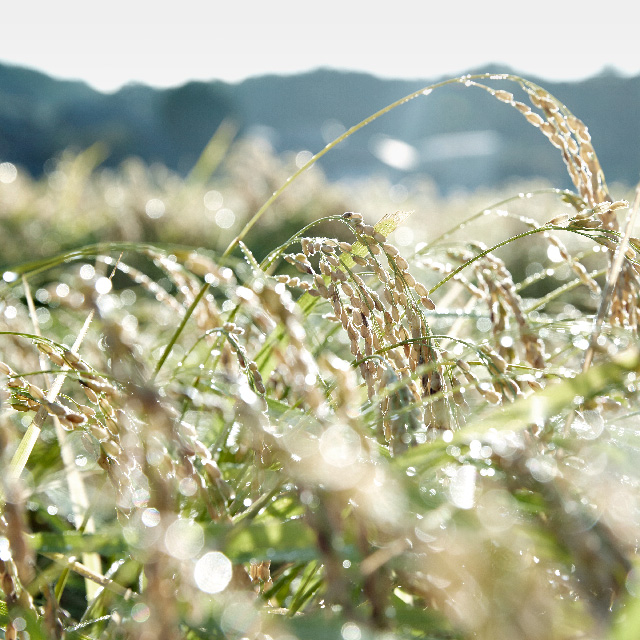
酒米の最高峰である山田錦は、日本酒づくりと同様に、非常に手間のかかる品種でもある。
長谷川栄雅には、特A地区である兵庫県加東市小沢地区の契約農家の協力のもと、最上級の山田錦が使用されている。

蔵元にとって、水はすべてだ。名勝「鹿ヶ壺」を源流とする揖保川系林田川の伏流水。
長谷川栄雅もまた、大自然の恵みのひとつなのである。
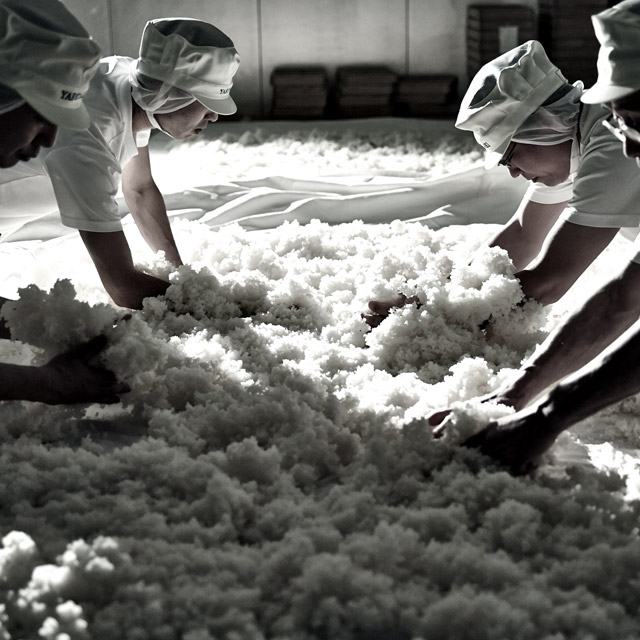
銘柄の由来ともなっている長谷川栄雅が播州の地で酒づくりを始めたのは、寛文6年(1666年)のことである。以来、350年に渡り受け継がれてきた日本酒づくり。
その歴史の中で行われてきたのは、壮大な取捨選択。時代の変化から生まれてくる様々な技術を見極め、良い部分だけを抽出し、次の世代へとつないでいく。350年におよぶ経験によって研ぎ澄まされてきた日本酒づくりの技が、長谷川栄雅に活きている。

Raw unprocessed sake that can bring out infinite nuances of Japanese sake without any pasteurization or adding water. Delicate yet thick texture allows you to more clearly experience sweetness, sourness, and spiciness hidden in sake.

Traditional sake made by the fukuro shibori gravity drip method, where moromi is suspended in cloth bags and left to filter slowly by the forces of gravity alone. This technique eliminates extraneous flavor components, leaving only the pure taste of unadulterated sake, as it has been enjoyed for generations. Naturally, such a time-consuming and labor-intensive process is not suited to mass production. Yet it illustrates the uncompromising approach to quality at the heart of the Eiga Hasegawa brand.

The futa-koji technique is the key to the quality koji employed by Eiga Hasegawa. The rice is divided into small mounts placed on a series of lids that are rearranged at regular intervals to regulate the temperature of the koji. The futa-koji process is highly time-consuming and labor-intensive, but has a unique ability to eliminate the unwanted flavors and scents to deliver unparalleled purity.

The futa-koji technique is the key to the quality koji employed by Eiga Hasegawa. The rice is divided into small mounts placed on a series of lids that are rearranged at regular intervals to regulate the temperature of the koji. The futa-koji process is highly time-consuming and labor-intensive, but has a unique ability to eliminate the unwanted flavors and scents to deliver unparalleled purity.

Yamada Nishiki is considered the ultimate rice variety for making sake. However, like the sake-making process itself, growing Yamada Nishiki rice is a painstaking exercise that requires dedication and patience. Eiga Hasegawa is made from the finest Yamada Nishiki rice, grown by a dedicated team of contract farmers in Ozawa, a designated Special A Zone in the city of Kato in Hyogo prefecture.

The water used to make sake has a major bearing on the quality of the final product. Eiga Hasegawa is made using infiltration riverbed water from the Hayashida river, part of the Ibo river system that finds its source in Shikagatsubo–a region famed for its natural beauty. In this sense, Eiga Hasegawa sake is truly a gift of nature.

The sake-making tradition started by our founder Eiga Hasegawa has been painstakingly honed and refined over a period of 350 years. Today, the pioneering technique established by Eiga Hasegawa lives on, preserved and improved over the course of history for us to enjoy today.
このサイトは20歳以上の方を対象にしています。
あなたは20歳以上ですか?
You have to be over 20 to visit our site.
NO
20歳未満です
I'm Under 20
YES
20歳以上です
I'm Over 20